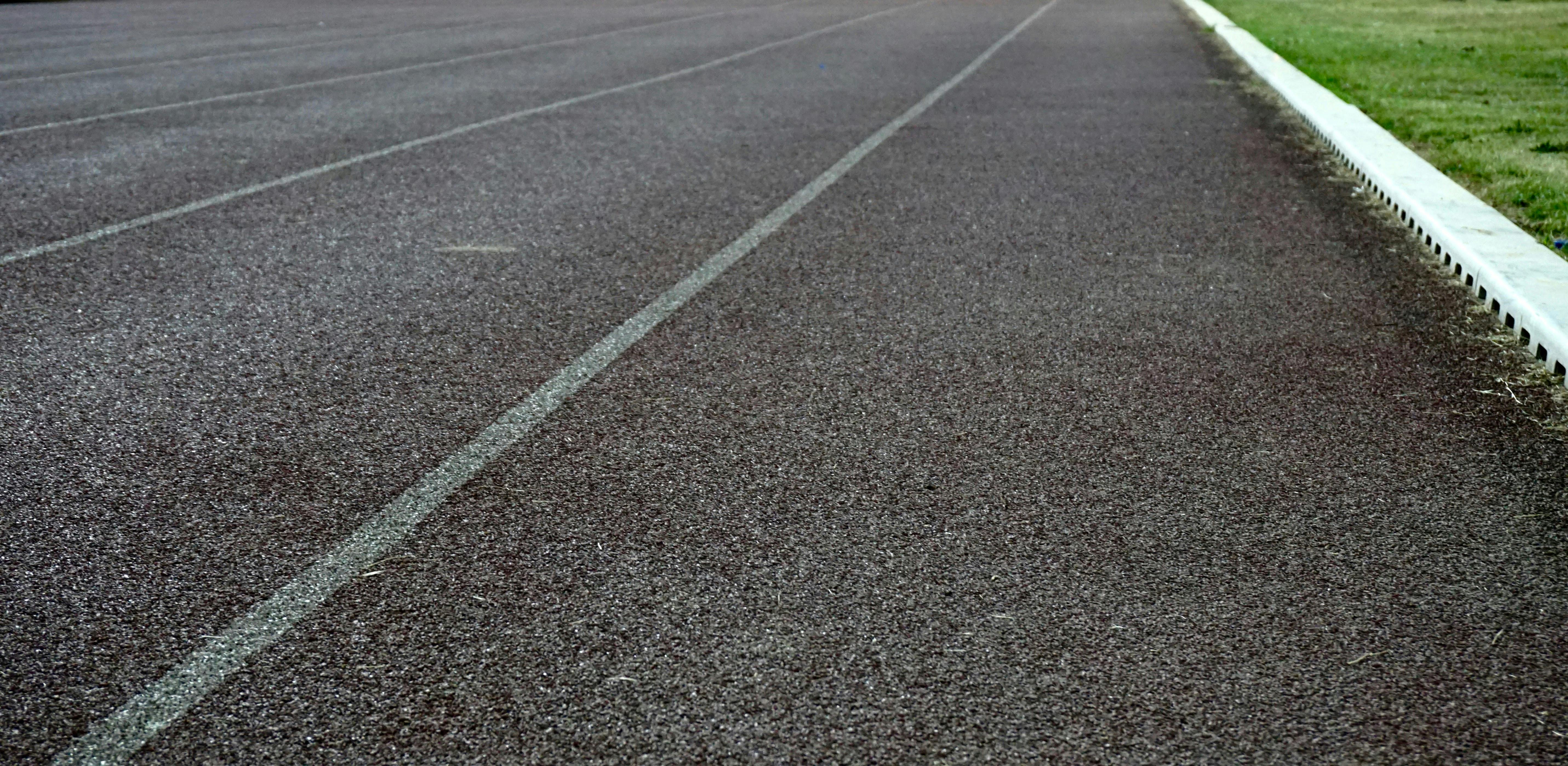In the 1972 song “Take a Walk on the Wild Side,” Lou Reed conjures up the now-iconic image of “colored girls” cooing in the background of a hipster tale of New York debauchery. Using Reed’s tribute as an introduction, white director Morgan Neville’s bittersweet documentary “20 Feet from Stardom” attempts to bring black showgirls to the fore to both poignant and troubling effect.
From the 1950s to the present, white America “walked on the wild side” through the sweet tones and searing power of black women’s voices. Then as now, black R&B music was often the “colorful” backdrop to lily-white pop culture scenes of “all-American” revelry, romance, and heroism. For the white consumer of the postwar Jim Crow era, the commercial rise of rock and R&B transformed racial otherness into a more mainstream adventure; a resort vacation to uncharted vistas of self-discovery that anyone with a radio or pennies for a 45 record could take. As the world’s most rabid consumers of black culture, white imperialist yearnings to be “black” (from Jack Kerouac to Norman Mailer to Sandra Bernhard) emerge from this grand obsession with the supposedly wild, raw, unrestrained, close to reality. -bones the emotion and physicality of black women singing soulful hymns to life and love. Minus racial terrorism, segregation, and ghettoization, blackness has always been a sexy place to “eat each other.”
Black women’s backup singing was crucial to the evolution of modern rock and R&B, underpinning songs as disparate as Crystal’s “He’s a Rebel” and the Stones’ “Gimme Shelter” and turning them into richly textured classics. “20 Feet” captures the profound parody of darkness, marginalization and often poverty these pioneering artists faced. Spotlighting multi-generational performers like Merry Clayton (who did the powerful voice in Gimme Shelter), Darlene Love, the Waters family, Tata Vega, Lisa Fisher and Judith Hill, the film’s sweeping backstory shows how much, and how little, has changed. . Back-up singers for women of color are still treated like expendable, eye-catching, soulful exotics as they fight tooth and nail for recognition and a spot on center stage.
The trajectory of the fiercely talented Darlene Love is the film’s template and touchstone. Truly ripped off by notorious producer and (now) jailed killer Phil Spector, Love was the voice of many of the 60s’ most hummable R&B classics. While her voice on the smash hit “He’s a Rebel” made her a sought-after studio singer, she didn’t get a chance to appear in public singing her own work. Love describes the indignity of seeing the Crystals become the public face of her song; her lip-syncing her to a number one record as she fought Spector for what she was entitled to. As has been well documented, the exploitation of black artists became institutionalized in the music industry. Elvis Presley and scores of “pioneering” white artists and producers built their careers, empires, and international stardom on the backs of black artists without compensation or credit. However, the film is largely silent on the gigantic battles black artists waged for recognition and royalties. Love’s decades-long struggle with Spector is her only nod to the insidious racial and gender politics that fueled capitalist exploitation in the industry.
Similarly, there is only a fleeting critical comment about the sexist objectification of black female vocalists and how this ultimately stunted their careers. Images from Ike and Tina Turner magazine are used to highlight stereotypes of wild black female hypersexuality, underscoring the bond faced by women who wanted to make it in the industry. Singer Claudia Lennear, a former backup singer for “Ikette” and the Rolling Stones, comments on the requirement that Turners’ backup singers be scantily clad. She then lamely deflects questions about her own decision to pose for Playboy. Unfortunately, the film never elaborates on its assessment of sexism (especially its implications for the modern phenomenon “video ho,” an image of black women that is one of rap and hip hop’s most enduring and demeaning global exports). Reflecting on Turner and her rise to fame in her piece “Selling Hot Pussy,” bell hooks wrote: “The black female body commands attention only when it is not accessible, available; when it is sexually deviant… Turner’s singer has built on the construction of the image of black female sexuality that becomes synonymous with wild animal lust…Ike’s decision to create the wild black woman was perfectly compatible with prevailing representations of female sexuality black in a white supremacist society. Hooks’ perspective would have been a welcome antidote to the lip-smacking, obscene ignorance of USC professor Todd Boyd, who comments that Ike played the role of “pimp” for his stable of “hos” (i.e., Tina and the Ikettes). As if to confirm this, the camera cuts to a shot of Turner, Lennear and the Ikettes suggestively twirling and bending in microminis and high heels at a raucous outdoor concert.
Hooks notes that Tina Turner’s image was shaped by Ike’s “misogynistic pornographic imagination” and his obsession with jungle movies. The subtext of the film is the resistance of black women to this type of sexualization and the regime of the male gaze (corporate, white, discriminatory, conventional). It is a narrative that unfolds despite the political constraints of the white director who is clearly captivated by the “mystique” of the black soul. This tension is reflected from the start in the dichotomy the film constructs between the dominant cultural norms of white female respectability and “authentic” black femininity. Commenting on the origins of the backing vocalist tradition, the narrator contrasts the prissy prudishness of white female vocalists with the “raw” abandonment of black, mostly gospel-trained female vocalists. “We call them ‘readers,'” says Darlene Love, referencing the white-dominant method of simply singing the notes on the page without injecting passion and spontaneity into the delivery. She reinforcing the stereotype of the “natural” “god-given” black soul song. talent, the film does not explore the musical training and vocal instruction that some of these black artists undoubtedly received touring and operating conditions.
While the commentary provided by each singer is illuminating, it would be inconceivable for a retrospective of white male singers to feature virtually all black women musicians, historians, technicians, and producers as subject matter experts in their careers. However, this is the “benign” structure that states “20 feet”. For nearly two hours, the women appear through the eyes of their employers, mostly white men, rock and pop superstars such as Mick Jagger, Bruce Springsteen, Sting and Chris Botti, and a variety of white male experts on the matter. Presumably, Hooks, Angela Davis, Patricia Hill Collins, Michele Wallace, Joan Morgan, Tricia Rose, and many other black feminist scholars and music historians were not available to critically contextualize these women’s experiences. This gross deficit makes “20 Feet From Stardom” a meta-reflection of the constant struggle women of color must wage for political visibility, historical validation, and culturally responsive scholarship.
Attempting to evoke the social upheaval of the 1960s, the film brings up archival footage of the Black Panthers and the iconic raised fist salute of black athletes at the 1968 Olympics to evoke black consciousness. We catch a glimpse of Katherine Cleaver, but no other black women’s figures or activists are evoked. It would have been shocking to hear what Cleaver, an esteemed feminist legal scholar and critic, would have had to say about Merry Clayton’s decision to sing backup on the 1974 Allman Brothers song “Sweet Home Alabama,” a racist tribute to Dixie. . . Clayton sadly criticizes “Alabama” and describes the strength she put into her voice as an act of resistance, reflecting the contradictions of an era in which black female artists felt they had to conform to visions of white supremacy in order to survive. . But apparently giving this narrative a critical scholarly black feminist voice would have been too much of a walk on the “wild side.”



